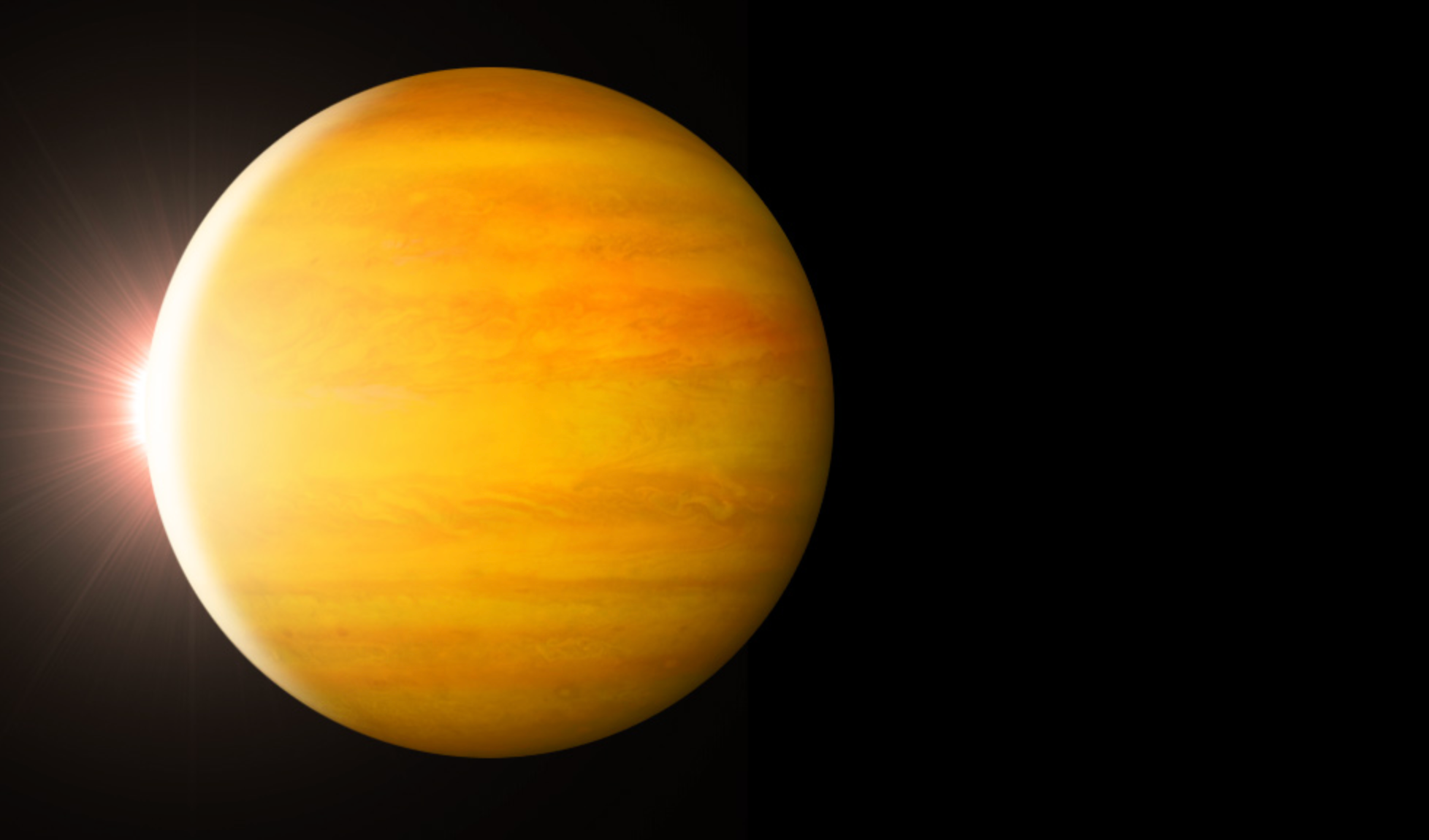We live in a solar ecosystem that is brimmed with planets, galaxies, and other astro-bodies. It is quite intriguing to know what mysteries are hidden in the space world. Scientists and astronauts are continually researching to find new space bodies with their studies. Our world is not limited to our planet earth; space is an infinite frontier — it is home to magnificent objects and shapes. While some great things are already discovered, some are left undiscovered, and scientists are always in quest of getting closer to those hidden mysteries.
People are only known to the planets that exist in our solar system. But there are several other planets or planet-like bodies in space that do not belong to our solar system yet are considered planets. Have you heard of the term exoplanets? That’s precisely what we are going to talk about. If you already know about exoplanets, read on to discover more about them. If you are new to the term, then this article will be shedding light on this fantastic space body and how the Nobel prize-winning exoplanet was found.
What is An Exoplanet?

It is always exciting to know more about space and its happening. We all know that all the planets of our solar system orbit around the sun and exoplanets are those planets that orbit around other stars in the galaxy. Exoplanets are quite challenging to spot with a telescope, as the bright light of their suns generally hides them. Basically, they are different worlds orbiting around other stars like the sun. They are found in various sizes and masses. Exoplanets can be larger and more gaseous than the giant Jupiter and as rock and grainy as the Earth or Mars. According to research, these exoplanets orbit around their stars so rapidly that a year will only last a few days. They can even orbit two suns at a time. Some specific exoplanets do not orbit a particular star and wander in the permanent darkness of the galaxy.
As mentioned earlier, they are not adequately visible with a telescope, so astronomers conduct studies to learn about these planets. They generally examine their effect on the stars they orbit. It is quite fascinating to know that the infinite amount of stars you see in the night sky are probably hosts to at least one planet revolving around it.
For thousands of years, humans have been speculating about the possibilities of exoplanets’ existence, but ours is the first generation to have reached a conclusion and found some evident results. It is true that exoplanets are real and, in fact, out there. It was recently discovered that the nearest neighboring star of the Earth, Proxima Centauri, has at least one planet, a rocky one that is probably 4.5 light-years away (40 trillion kilometers). Just like this, there are a bulk of exoplanets found so far that are generally thousands of light-years away.

The only drawback that we are facing today is that there is no means through which we can reach these exoplanets and leave human footprints on them. At least not anytime soon. With advancing technology, we might be able to overcome all the hurdles and land on these exoplanets soon. As of now, scientists can look at them, gauge their temperature, check their atmosphere, and that’s pretty amazing already. It is anticipated that researches are in full swing to find life signs on these exoplanets as well. Who knows, we could see an Earth’s replica where life can be sustained, and that would be the most significant discovery of humankind.
The first exoplanet that scientists found was 51 Pegasi b. As hot as Jupiter, this exoplanet is 50 light-years away. It orbits four days around its star. 51 Pegasi b was founded back in 1995, after which exoplanets really became a thing. Though a few hints for exoplanets were triggered back in 1988 when Tadmor was detected, the studies were withdrawn in 1992 when no specific details were found. Ten years later, more accurate and intrinsic data about these hidden planets. At the beginning of the year 1992, three pulsar planets were discovered. They orbited a pulsar 2,300 light years away. Pulsars are the corpses of dead stars with high density and raking planets in orbit.
